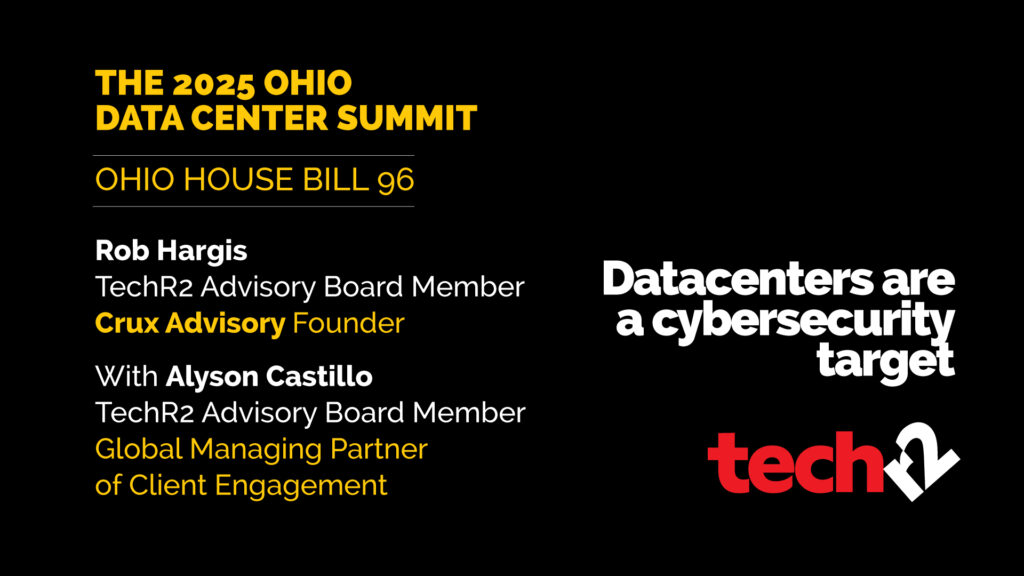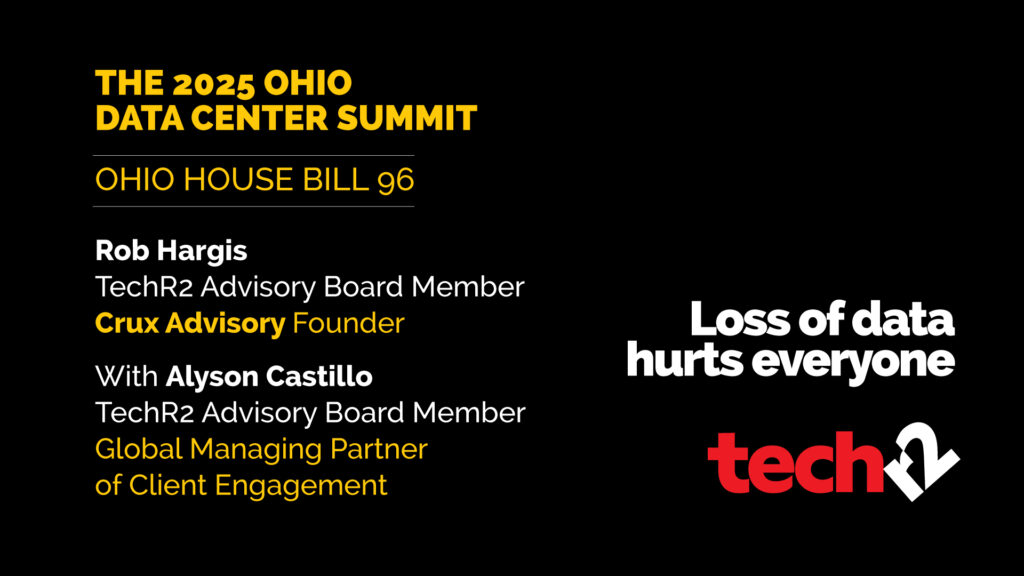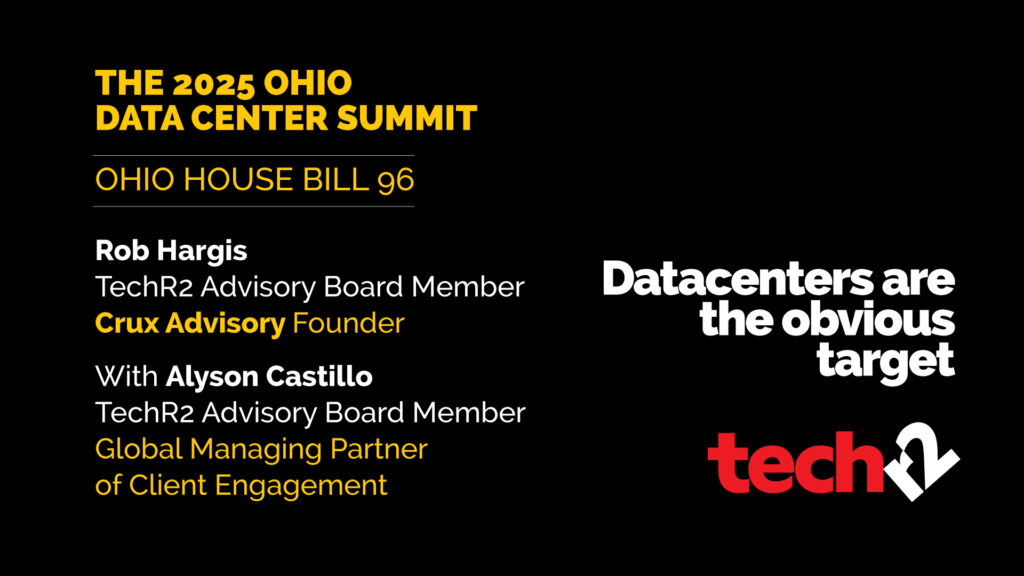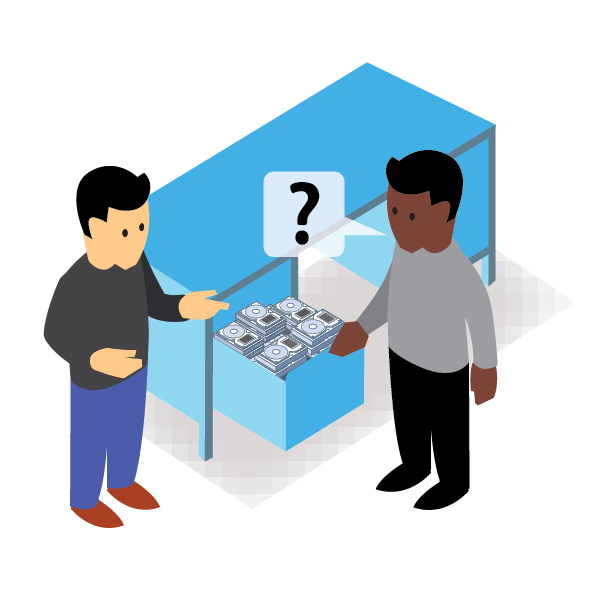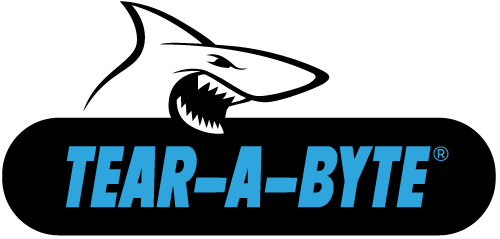Project Management: Be the Best You Can Be
We all know that every project manager has their own unique approach to their position. Some may choose to be heavily involved in every step, and others may have a more relaxed approach and trust that their team will stay on task and on schedule. Obviously finding the happy median to both of these is ideal, but not always probable. IT Project Management
There are 4 management styles/characteristics that are deemed to be unproductive and can cause problems within the team. Those characteristics are micromanagement, negativity, silence, and laziness. Now it’s possible that these management traits are a product of that person’s personality, but it is just as probable that these characteristics are a product of their process and the position itself.
Micromanagement
Simply put, this person is the over-controller. Someone who is constantly checking in with members of their team for updates, and trying to oversee every single step. Your job is not to baby-sit your team, it is to define, plan, implement, complete, and evaluate a project. Every one of those steps will involve an individual(s) who excel at that specific skill or information. To avoid micro-management, to any degree, there are a few easy steps to take. For starters, ensure that your team is built with reliable pieces. If you don’t trust their abilities and skill set to complete tasks in a timely manner, you will be forced into micromanaging.
Secondly, manage the time table for the project. Most project failures stem from poor planning (source), so time management is going to be a key to success. Set up a time table for the entire team including completion dates, daily activities, etc. Proper planning and time management will help keep everything on track and can help you address urgent or important matter that pop up. You can read more about time management and these specific techniques here and here.
Negativity
As the old saying goes, bad news travels faster than good news. Negativity at the top of the chain will travel very quickly down to your team. If you dwell on the negative aspects or challenges of a project, your team, and the individuals working on that specific challenge will do the same. Try to keep a positive attitude during this time, or at the very least, don’t relay that down the line. Commend, reward and appreciate your team on recent progress, a positive attitude across the board will keep moral high and keep the project moving forward.
Negativity can also be generated from stakeholders and other outside parties. For instance, if your project could lead to the release of another employee or the restructuring of another division, those involved could create an issue. Combating this can be very difficult, but there are a few methods that could reduce that burden. Just below I discuss being vocal about your projects advancement, but being vocal will help here as well. Keep certain affected outside parties in the loop, show them what this will bring to the company as a whole. You can also use those divisions’ expertise or individuals’ expertise to help in with the project. Maybe they understand a process or procedure better than you, getting them involved and allowing them to contribute could easily change their attitude. Keep in mind that this could be a very slippery slope, so proceed with caution here.
Silence
You need to be the most vocal person of the group. It is your job to keep the rest of the team abreast of all situations good and bad; this will also play on some of the points from above. It is also important that you keep the higher ups informed as well. If there are delays or issues that could slow the project down all parties need to be aware. This will make your live easier and take stress off of your team members. This may seem like common sense, but a minor oversight here could have disastrous results.
From a team perspective, holding daily meetings/conference calls or daily email updates is a quick and easy ways to address these matters. Also, include time in your daily schedule to address the higher ups or your team members. Making yourself available shows your dedication to open communication.
Laziness
This can be looked at from two different angles. The most obvious of course being, don’t be lazy. Stay involved in your projects, don’t just delegate and watch. Stay involved without being too involved, delegate tasks and manage them accordingly. Like negativity, laziness can spread very quickly throughout your team; especially from the top down.
However, there is also a movement called the ‘lazy’ project manager, which can be purchased here. The idea here is not to be lazy, as the name would imply, but rather to learn when to apply your skills and time, and when to stay away. The primary theory here is that “All projects are thick at one end, much, much thinner in the middle and then thick again at the far end.” (Taylor, P.). Essentially what this means is that you should focus more of your time and energy at the beginning and end of projects (the organizing/planning stages, and the completion/evaluation stages), and less time in the middle. The implementation stages should be handled primarily by the rest of the team. There is a lot more to this concept and it really is an intriguing one, lots of great information.
While you personally may not fall into anyone of these categories exclusively, there is a chance that these characteristics pop up from time to time. The goal is to help you to organize your projects to avoid situations that can lead to these situations as well as helping to curb these characteristics if they ever present themselves.
[vc_row type=”grid” row_type=”section” bg_image_repeat=”repeat” padding_top=”24″ padding_bottom=”24″][vc_column dp_animation=””][vc_separator][/vc_column][/vc_row][vc_row type=”grid” video_bg=””][vc_column width=”1/2″ dp_animation=””][vc_widget_sidebar sidebar_id=”posts-footer-block-left”][/vc_column][vc_column width=”1/2″ dp_animation=””][vc_widget_sidebar sidebar_id=”posts-footer-block-right”][/vc_column][/vc_row]

